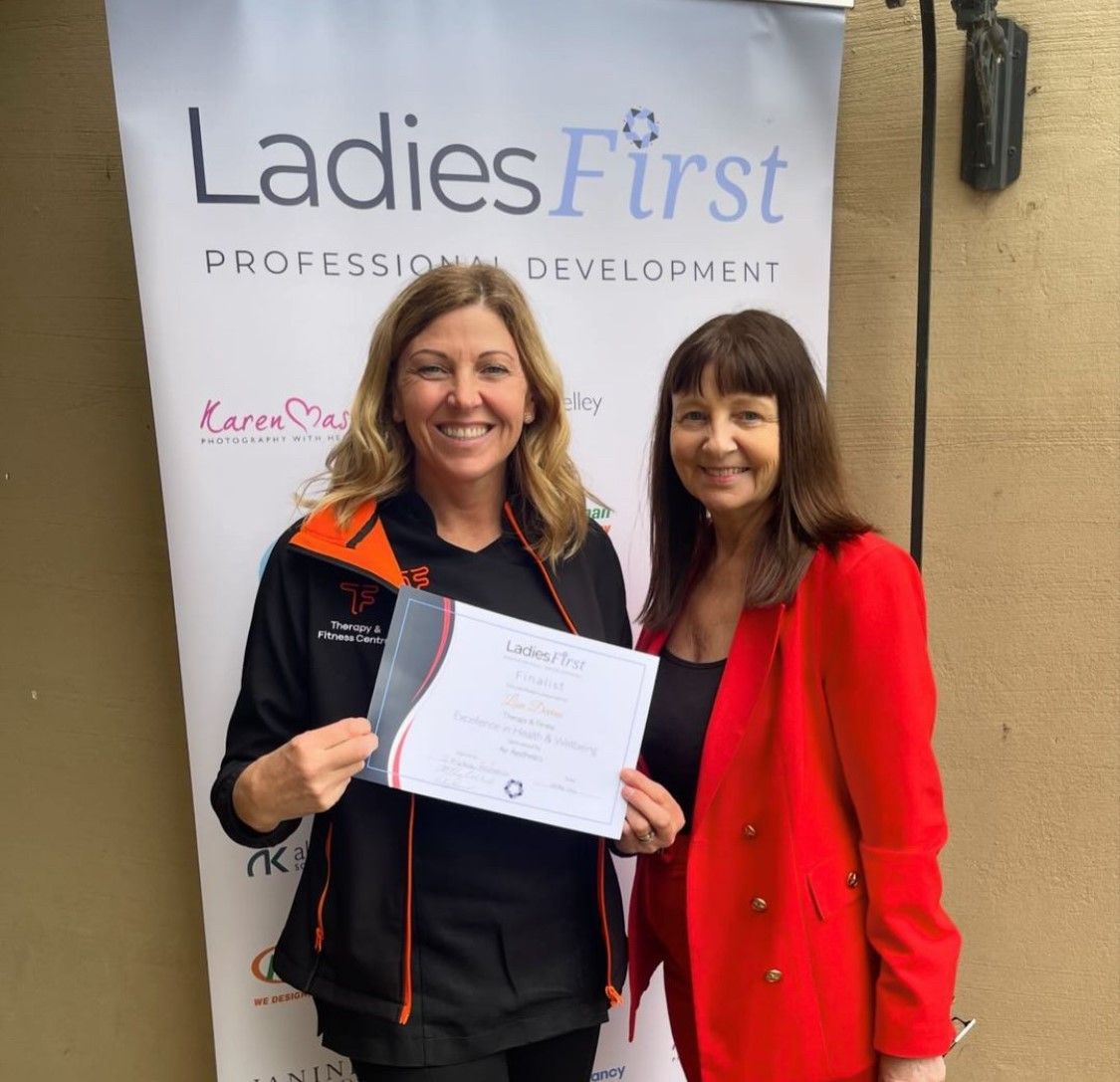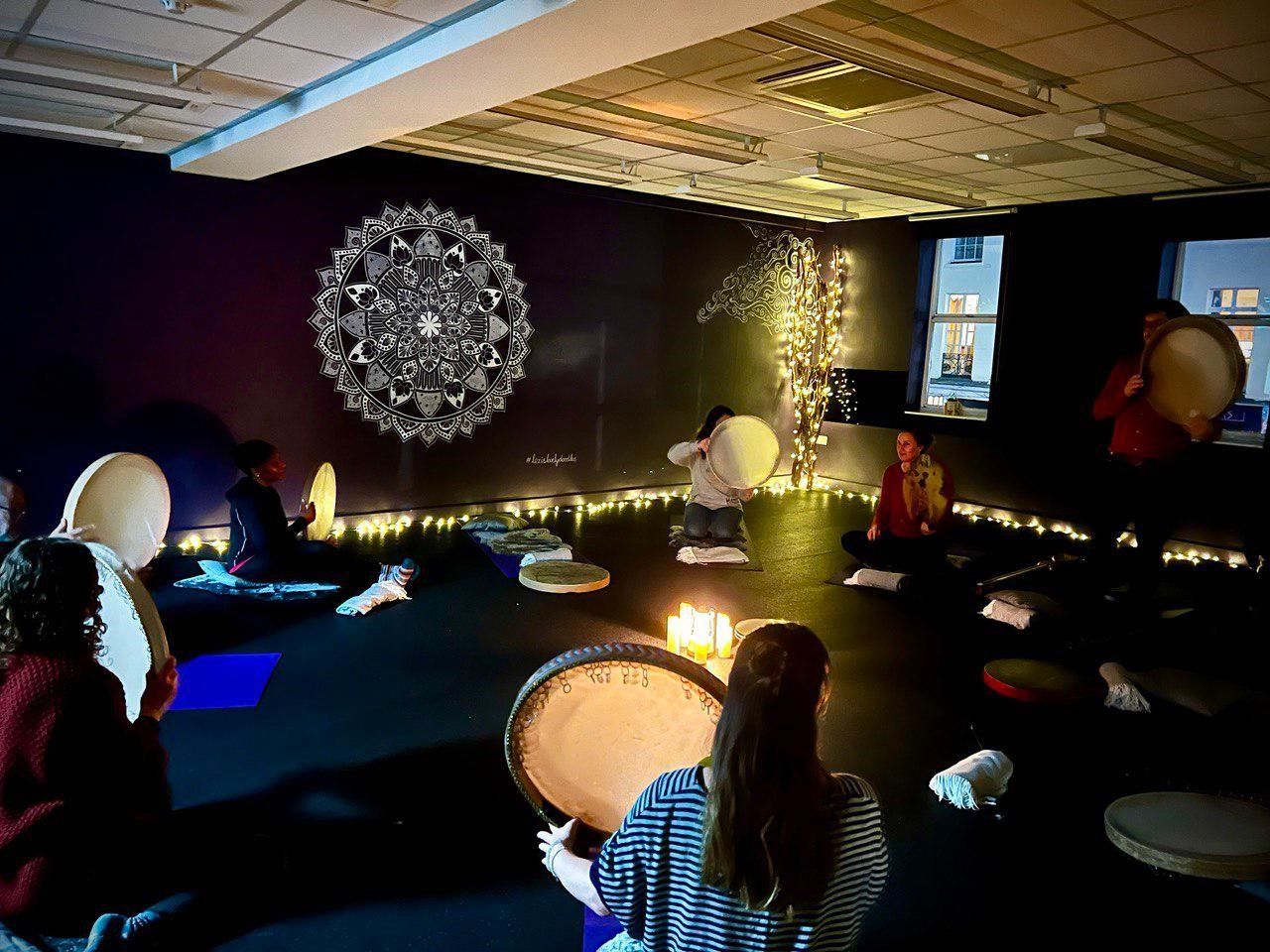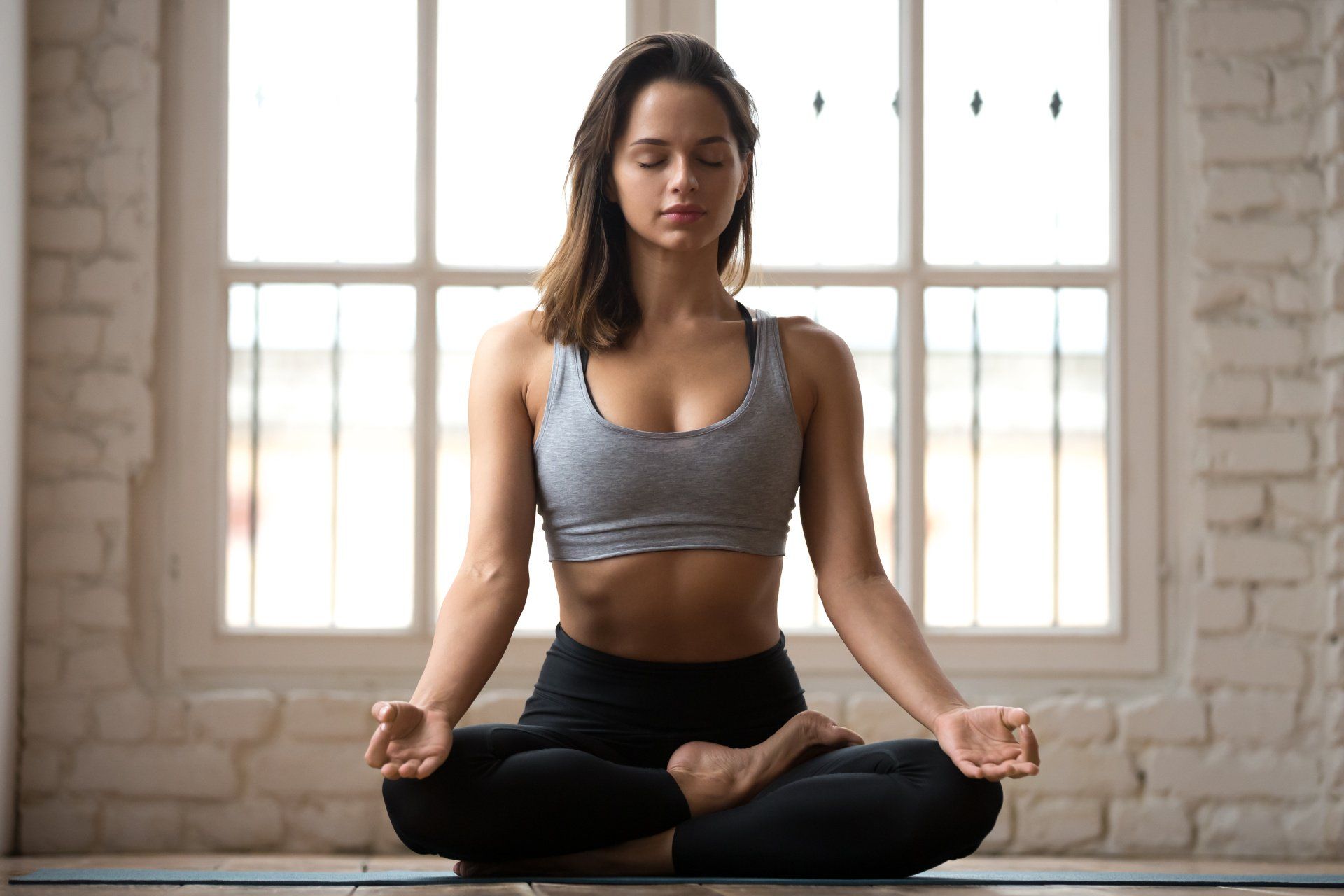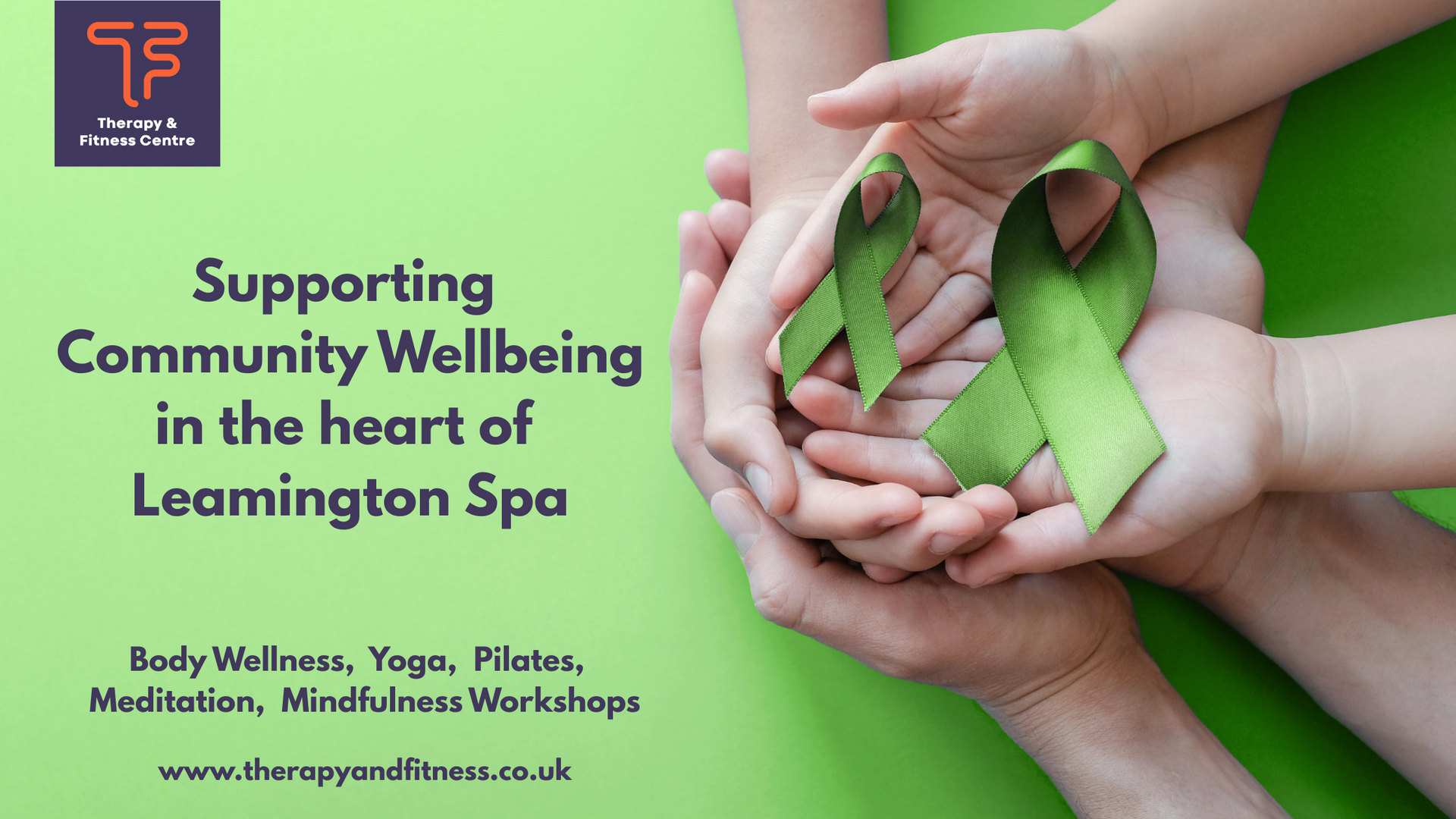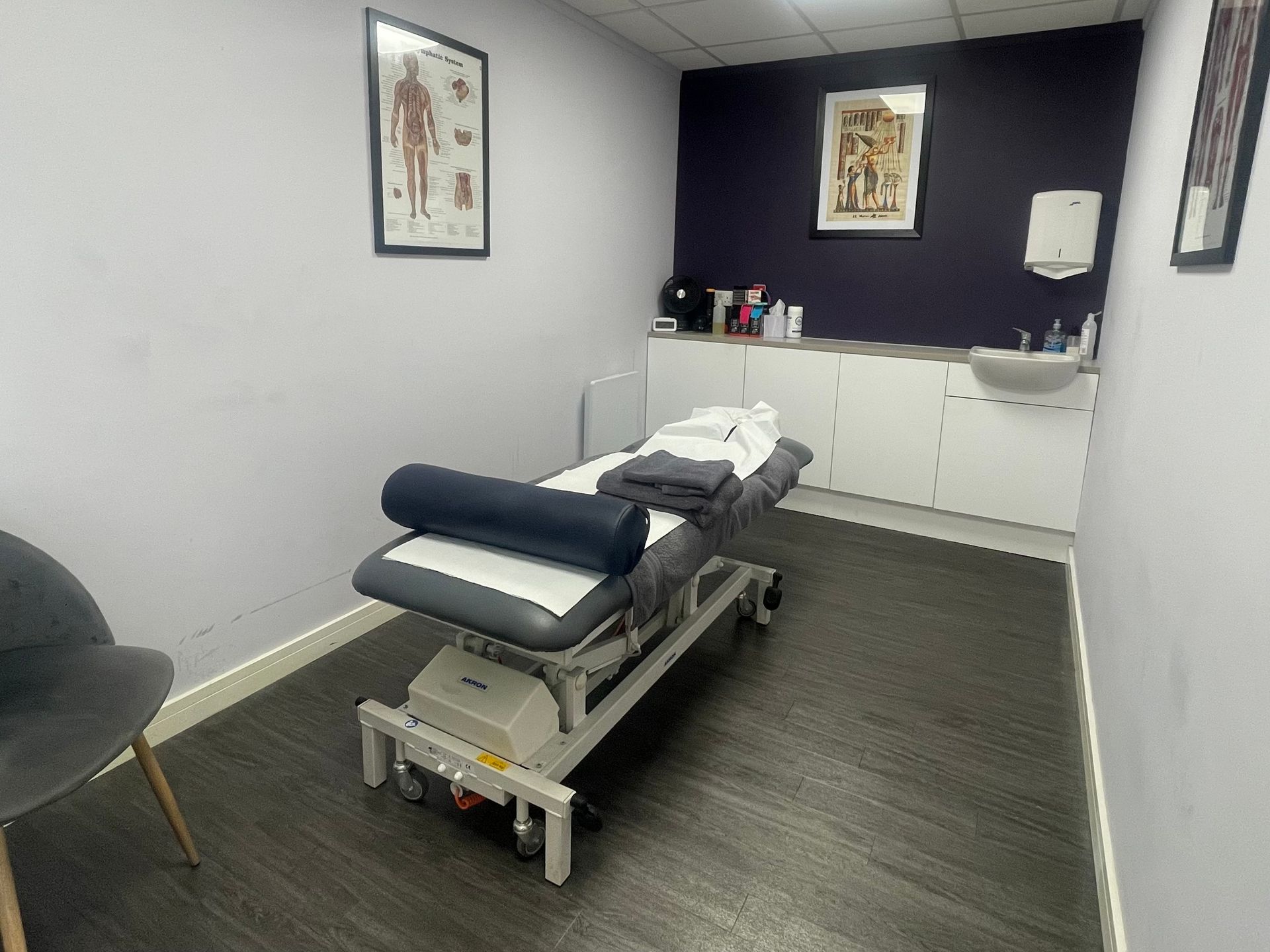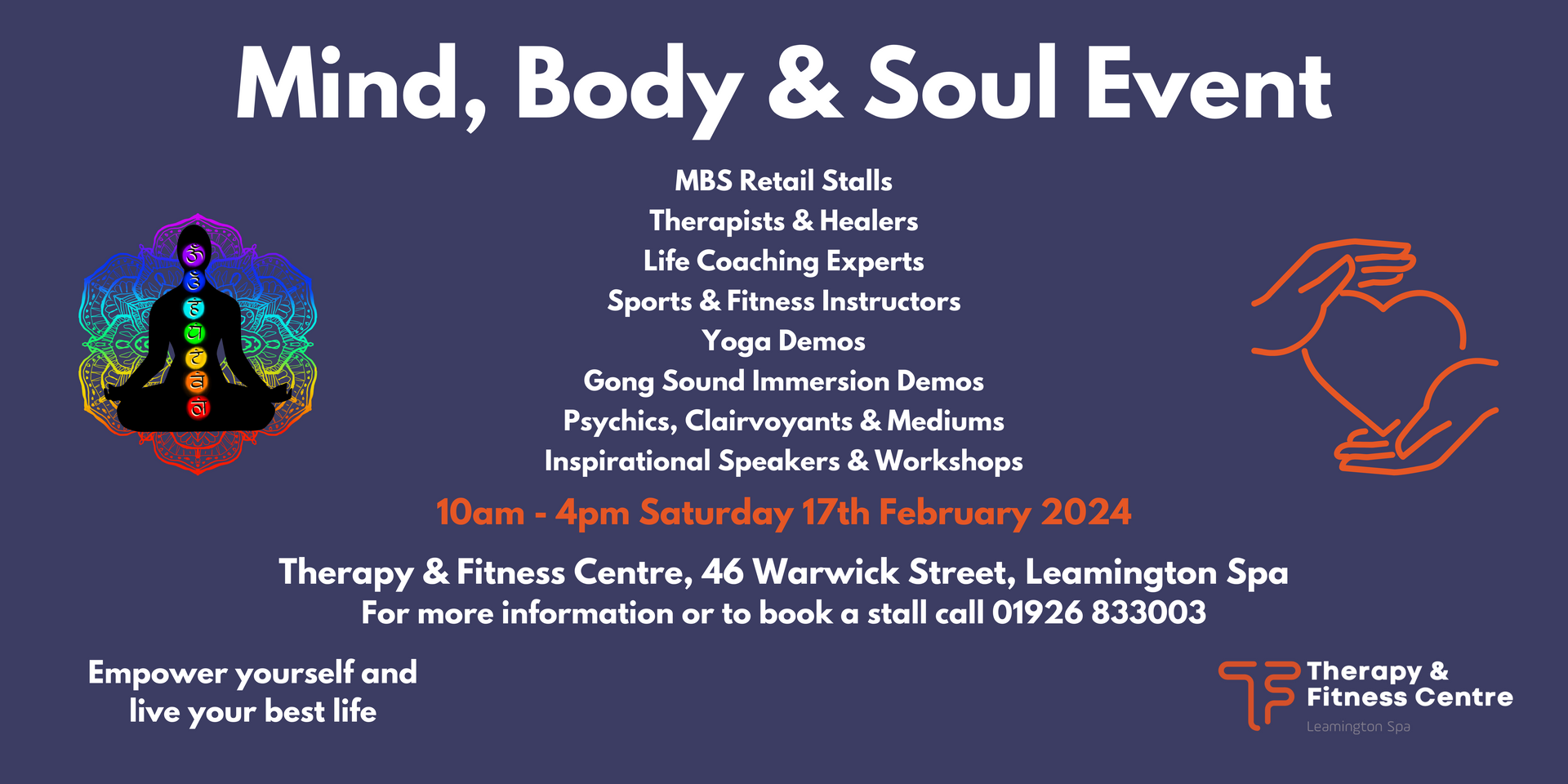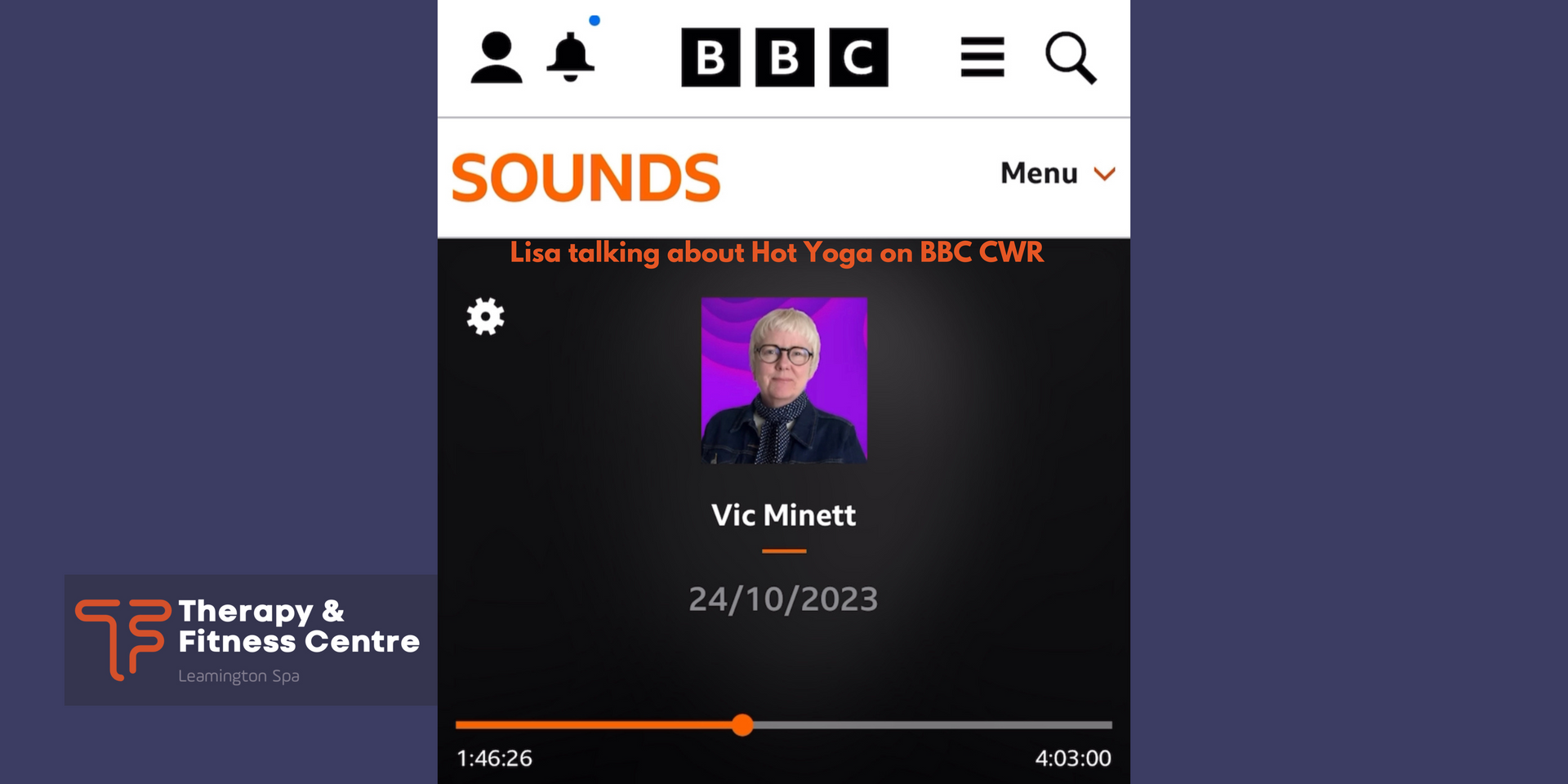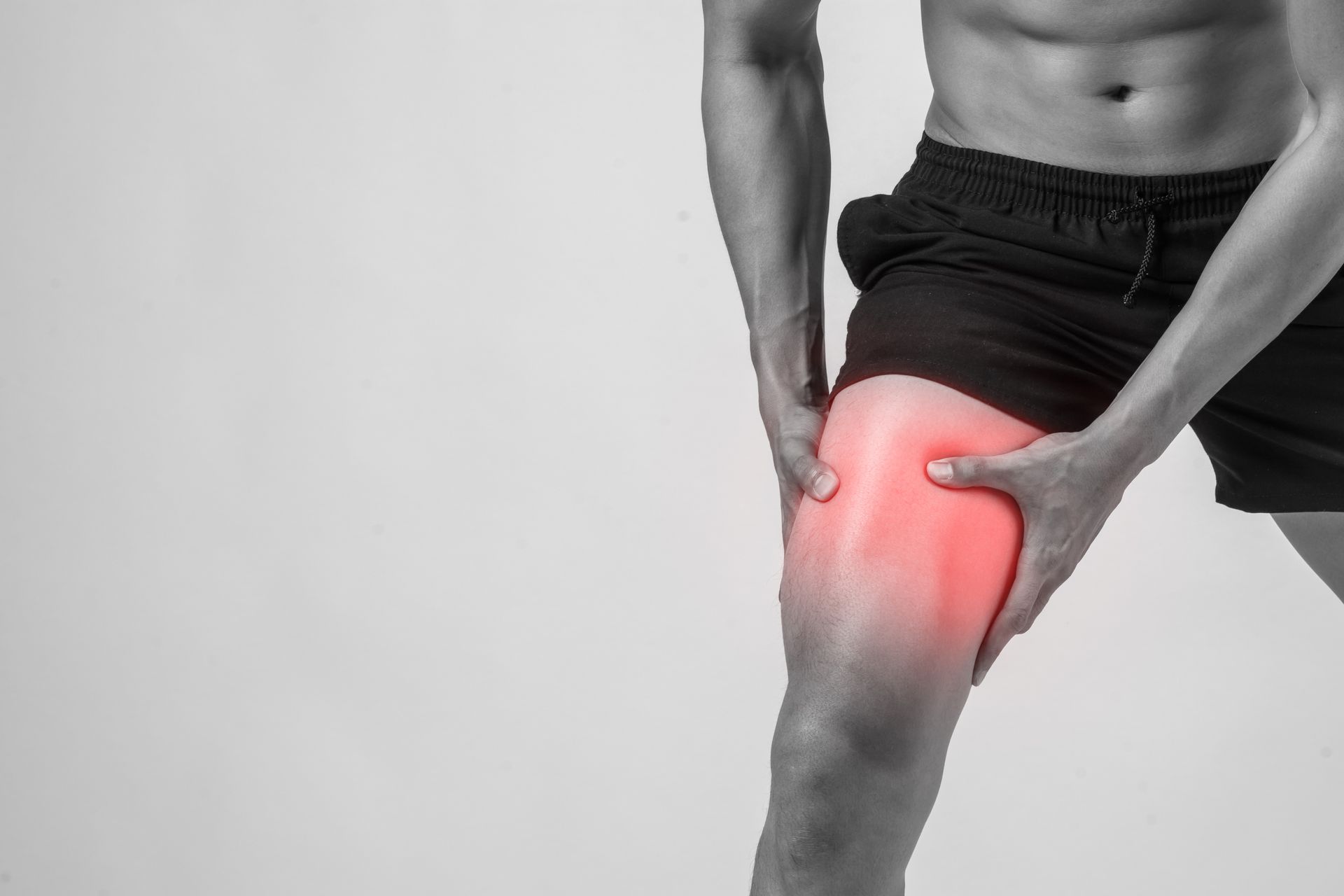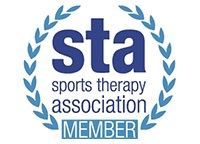Hot Yoga and Regular Yoga - What is the difference?
Discover the benefits of yoga and its most popular variations!
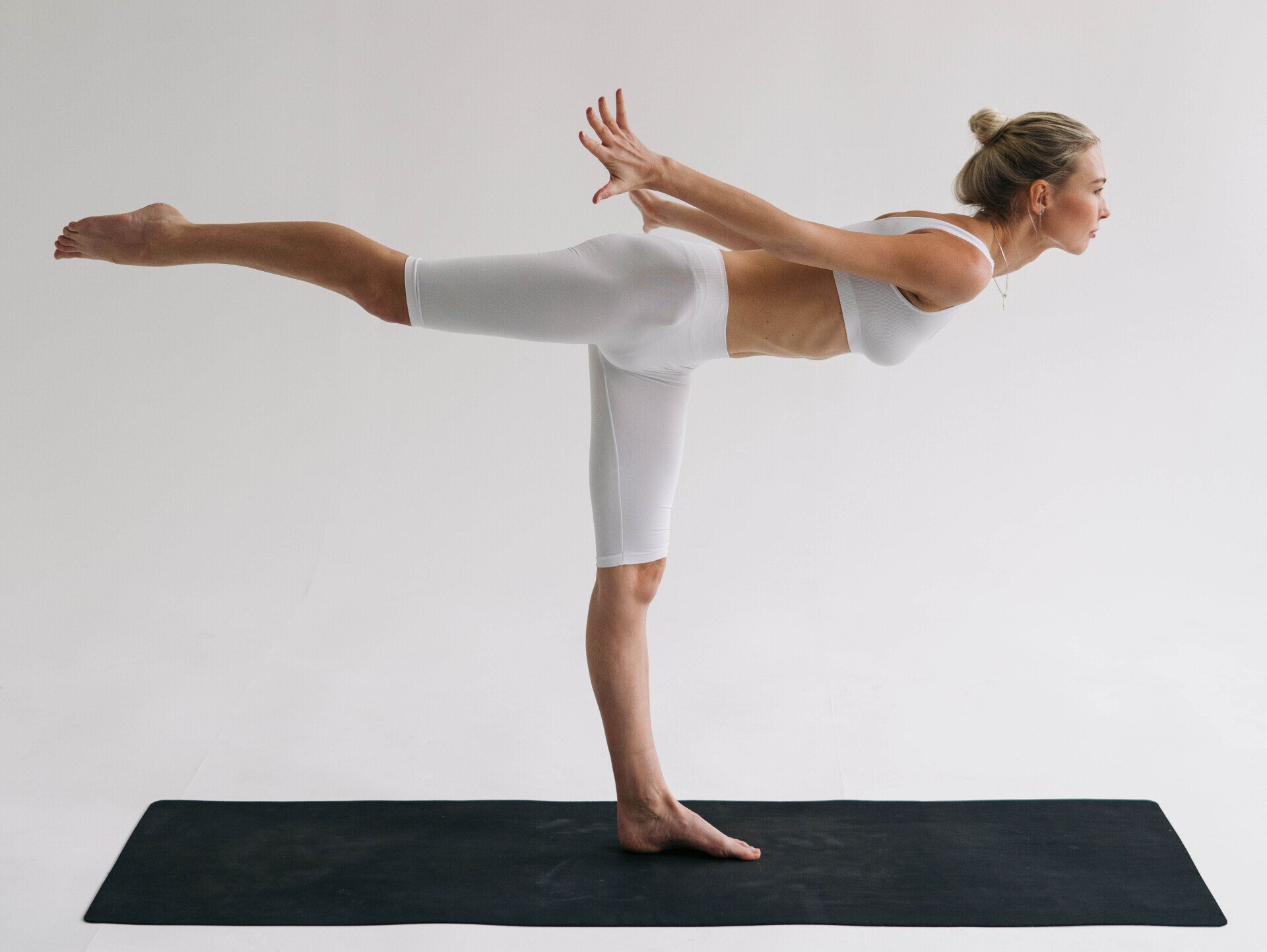
What is yoga?
Yoga is a mind and body practice. All variations of yoga combine physical postures, breathing techniques and meditation or relaxation.
A typical yoga session combines a series of stretches and poses that you do with controlled breathing.
And since yoga is gentle, almost anyone can do it, regardless of your age or fitness level.
What is the main purpose of doing yoga?
Yoga improves strength, balance and flexibility. Slow movements and deep breathing increase blood flow and warm up the muscles, while holding a pose can build strength.
Other physical benefits of yoga include:
- Increased flexibility
- Increased muscle strength and tone
- Improved respiration, energy and vitality
- Maintaining a balanced metabolism
- Weight reduction
- Cardio and circulatory health
- Improved athletic performance
- Protection from injury
What are the most popular styles of yoga?
There are about 20 major types of yoga, and certain kinds can appeal to certain individuals. That is because people often have different goals and reasons for wanting to do yoga. Here are few of the most popular types:
- Vinyasa Yoga is one of the most popular kinds of yoga. Although vinyasa can be a set sequence of poses that never changes, as in ashtanga vinyasa, flow vinyasa classes will be different every time. Different styles of vinyasa yoga also include power yoga (the most athletic and challenging class), and slow flow (a great introduction to yoga if you don't have much experience).
- Hatha Yoga tends to be slower-paced than vinyasa classes, and may not necessarily flow from pose to pose. Poses are typically held for several breaths before another pose begins. What is consistent across different types of hatha yoga is that the physical poses and postures are meant to be linked to your breathing patterns.
- Ashtanga Yoga is a physically demanding type of yoga that moves quickly from pose to pose. Unlike vinyasa flow, there are set sequences that are meant to be performed in a specific order.
- Yin yoga is a style in which there’s no flowing from pose to pose. You stay mostly seated on the ground or lying down on your back or belly. It’s more passive and focuses on stretching and the poses are held for longer than in other types of yoga. This kind of stretching can be good for the joints in a different way than active stretching.
Can yoga help with pain management?
Research has been done on yoga for several conditions that involve pain. Studies of yoga for low-back pain and neck pain have had promising results, and yoga is among the options that the physicians recommend for first-line treatment of chronic low-back pain. Preliminary evidence suggests that yoga may also be helpful for tension headaches and knee osteoarthritis pain.
How does yoga affect mental health?
There is an evidence that yoga may be helpful for anxiety associated with various life situations, such as medical conditions or stressful educational programs, and for depressive symptoms.
Is it safe to practice yoga during pregnancy?
Physical activities, such as yoga, are safe and desirable for most pregnant women, as long as appropriate precautions are taken. Yoga may have health benefits for pregnant women, such as decreasing stress, anxiety, and depression. Prenatal yoga can be a great way to prepare for childbirth. The class is tailored more specifically to address the aches and discomforts of pregnancy.
Do I need to be flexible to do yoga?
You don't have to be flexible to practice yoga. In fact, yoga will help you become flexible. Don't force any movements or poses. Mastery will come with practice. Props can be an equaliser to help make poses accessible to people of all levels and body types. Some people have shorter arms or a longer torso and using a block or a yoga strap can help them get into a pose safely. Props can also be an important component of a class, as in a chair yoga class, in which most (if not all) seated poses are performed in a chair rather than on the floor.
How often should I do yoga?
Although there isn’t a set amount of yoga sessions that have been proven to be the best, consistency (whether once a week or five times a week) will help you improve your practice and reap its benefits. Listening to your body is key though — and not overdoing it if you feel pain or a lot of muscle soreness.
What shall I wear for a yoga class?
Wear comfortable, stretchable, or slightly loose clothing that won't restrict your movement, and expect to take off your shoes!
What should I bring to a yoga class?
Not sure what to bring? Here is a list of a few essentials to cover all the bases:
- Comfortable clothing
- Water bottle
- Your own mat
- Hot Yoga Towel
- Clothes to change after the practice
- Post-yoga snack
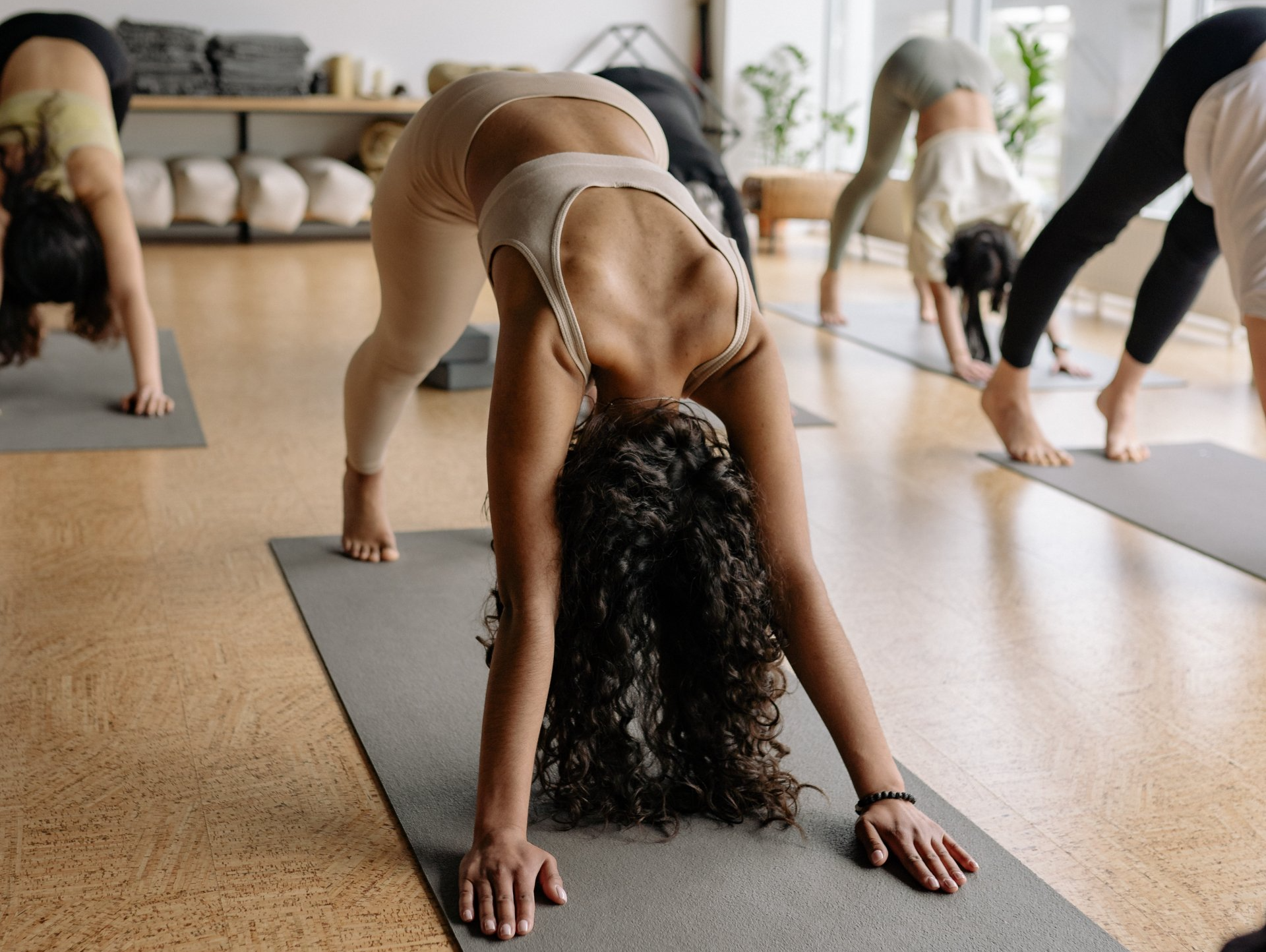
What is hot yoga?
There are several variations of hot yoga. What they all have in common is that they all take place in a room heated to 30 or even 40°C, with controlled humidity. Here are the most popular hot yoga methods:
- Bikram Hot Yoga: Perform 26 poses in 90 minutes and exceed your limits in a hot room at 40.6°C with 40.3% humidity.
- Hot Power Yoga: Chase away muscular tension with this form of dynamic yoga with open poses performed in a 35°C environment.
- Hot Slow Flow: Reduce strain and stiffness from your day, while incorporating 35°C heat to allow the muscles to stretch and relax.
- Hot Dynamic Vinyasa: Practice linking movement with breath in one smooth continuous strengthening sequence.
- Hot Ashtanga: Perform the exact same poses in the exact same order during this sweaty and physically demanding practice.
Why choose hot yoga?
- The heat accentuates muscular relaxation and joint flexibility: you will be more flexible than ever in demanding poses that are held over a long period of time! Mobilising the muscles when hot also reduces the risk of injury.
- Hot yoga makes you sweat and therefore helps to eliminate toxins, a bit like the sauna. It’s perfect as part of a detox and some people even include it as part of a weight loss programme.
- The body works harder at high temperatures: hot yoga puts the body to the test, but for the good of your heart as it allows better circulation of blood and oxygen. This practice could help lower blood pressure while improving muscle tone. However, be careful to seek advice from a health professional before starting if you have a heart or circulatory disorder or if you have very low blood pressure.
- Some studies show that practising hot yoga helps you to concentrate better and to fight stress with both physical and psychological benefits.
- Hot yoga is an intense experience, which will leave you feeling tired, but relaxed. You can quickly become addicted!
Can beginners do hot yoga?
Being in the heat prior to the session beginning is a great way to get comfortable with the temperature and ready to move. Hot yoga isn't easy, especially for beginners. Although your body will eventually adjust to the hot temperature in the studio. You may feel overwhelmed at first, but don't get discouraged! Give it a few sessions to get used to the heat and make sure you stay hydrated during your practise!
Is it OK to do hot yoga everyday?
You can do hot yoga every day as long as you are sure you hydrate, fuel your body, and rest between practices. However, if you have any medical conditions, it is important to consult with your doctor before starting your hot yoga practise.
